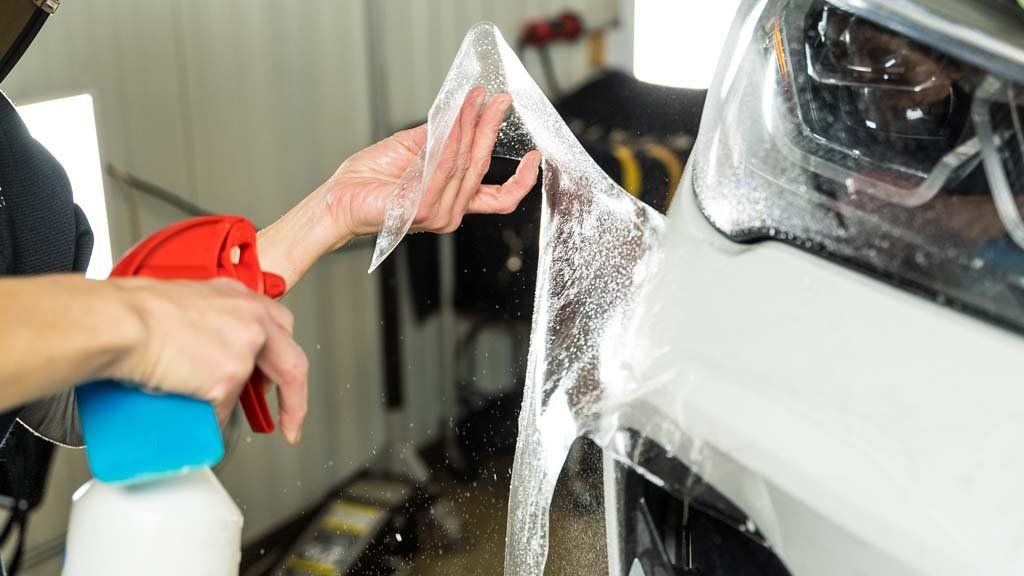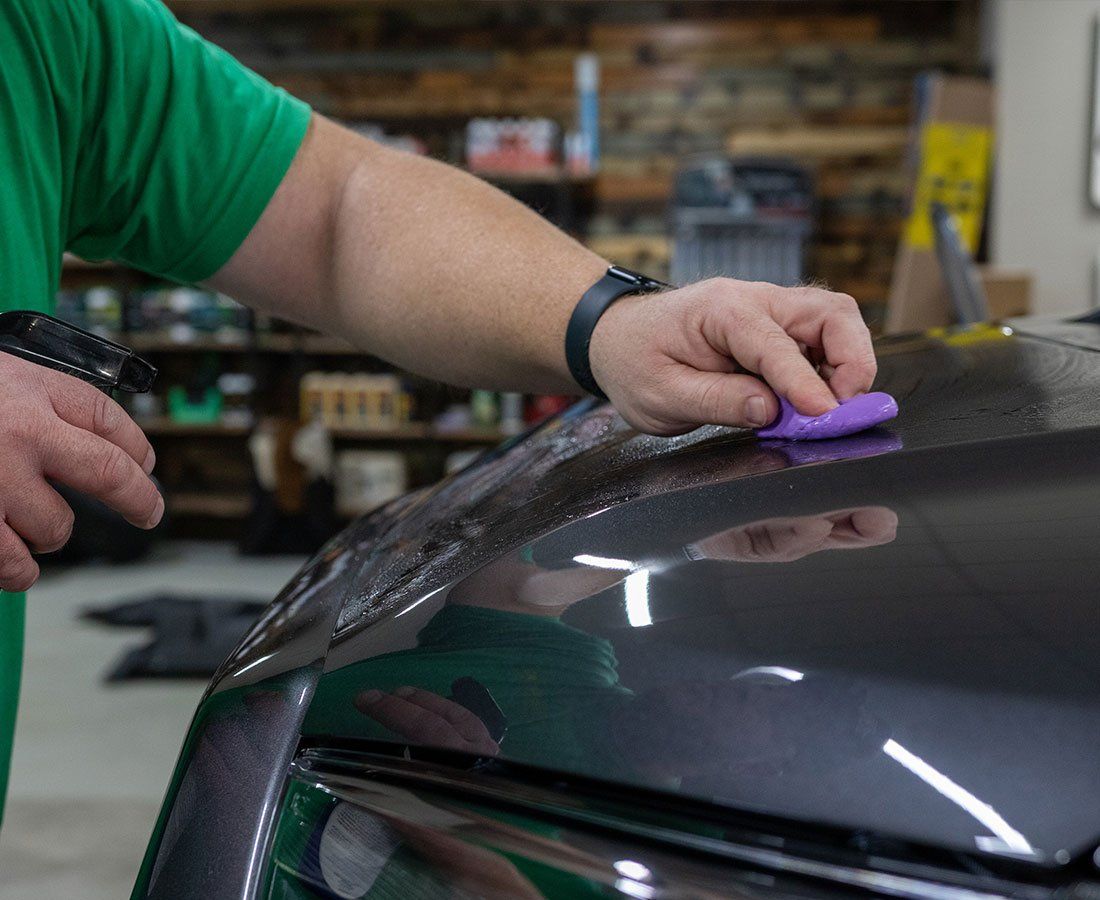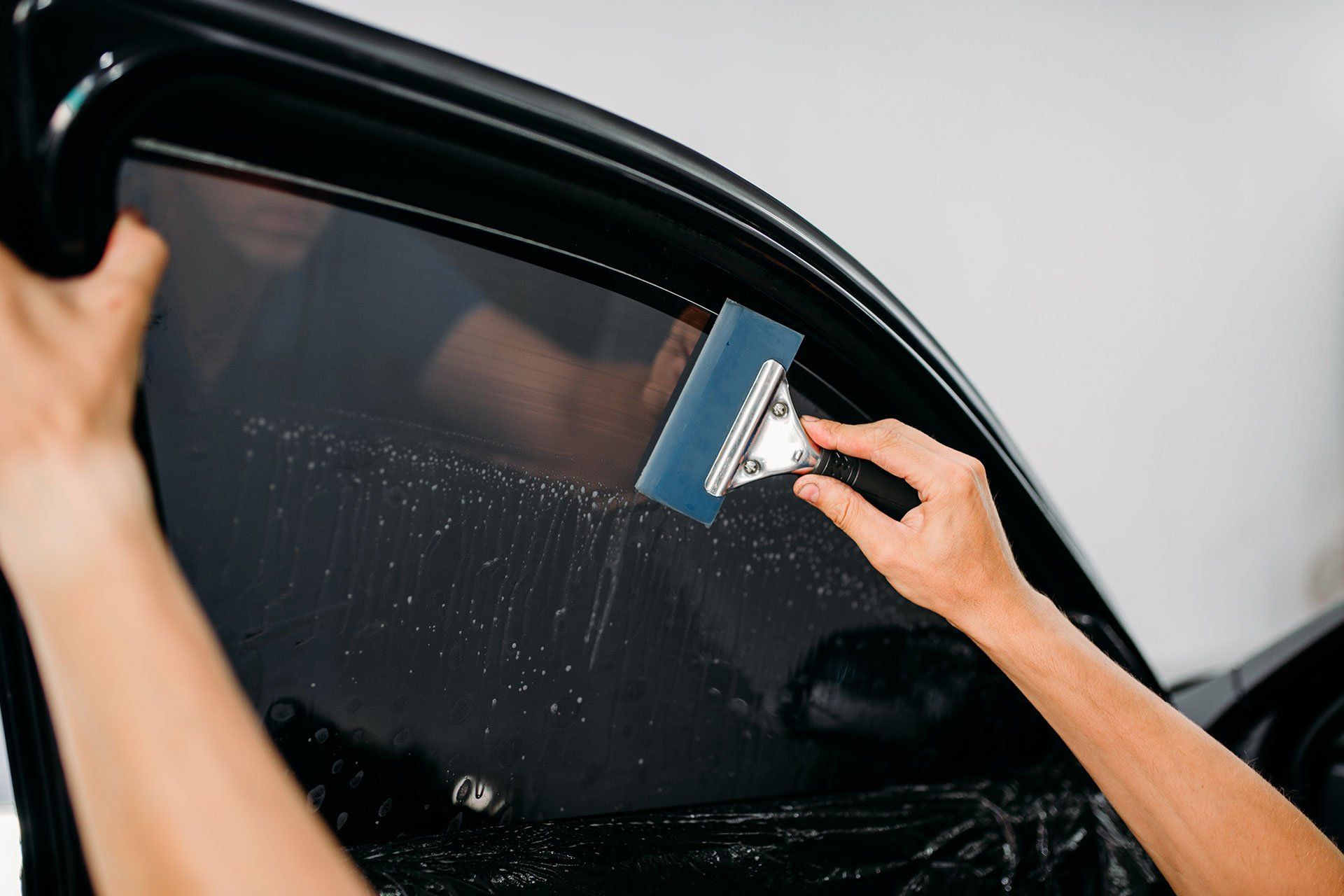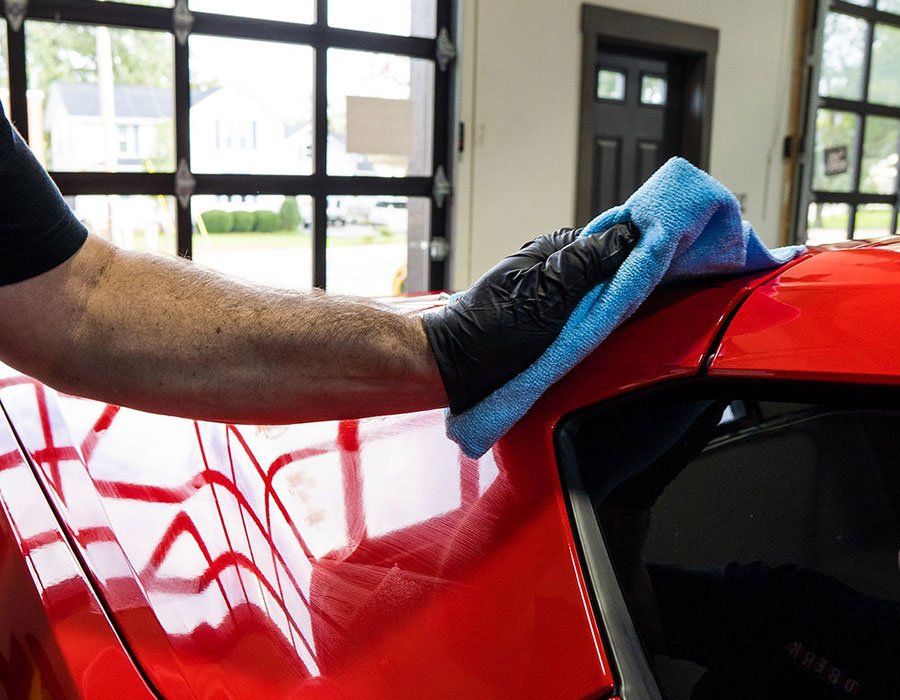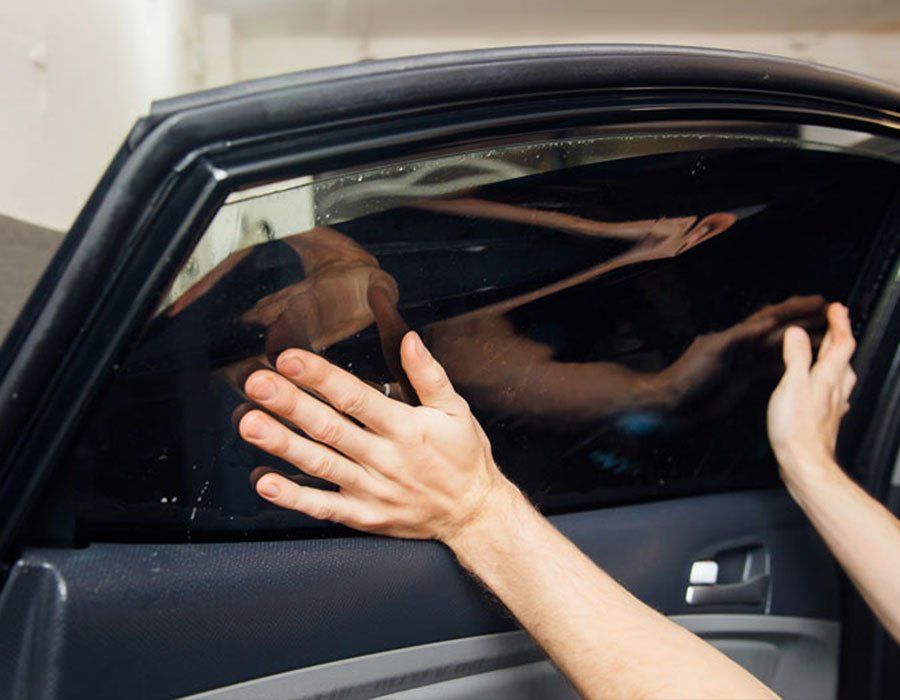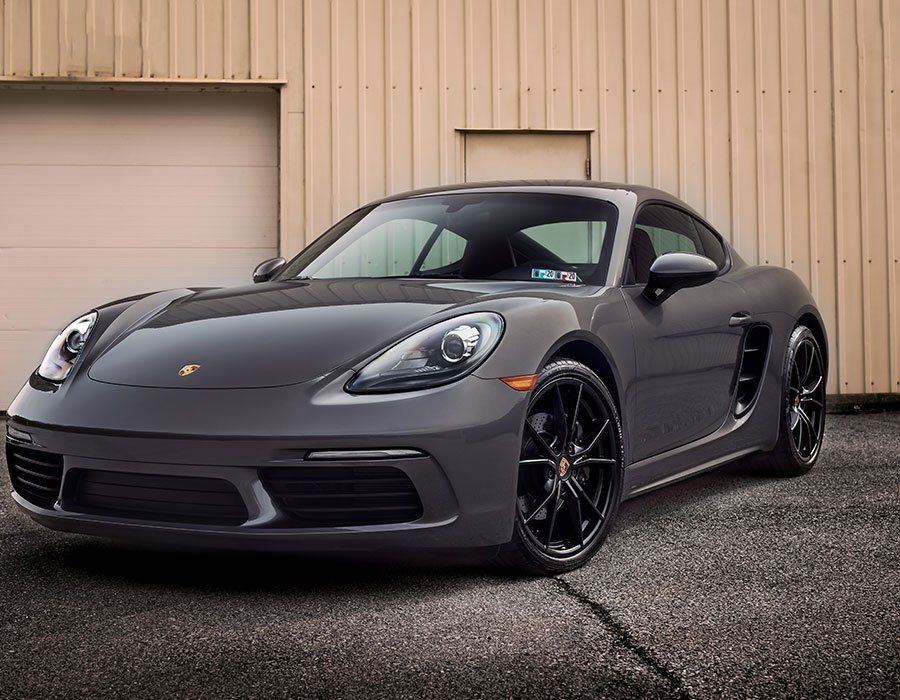Are you constantly worrying about your precious vehicle against the unforgiving threats of road debris, scratches, and harmful UV rays? If you have a paint protection film (PPF) fitted to your car, these bothersome concerns are likely a thing of the past. However, like all good things, PPF doesn't last forever. This comprehensive guide is your one-stop shop for understanding when exactly it's time to say goodbye to the old and welcome a new PPF to your car. Don’t leave your car’s health to chance; get ahead with expert advice, and let's dive right into maintaining that brand-new car look!
Typically, PPF has a lifespan of 5 to 10 years. However, this can vary depending on factors such as the quality of the film, environmental conditions, and wear and tear from usage. Signs that your PPF may need replacement include discoloration, cracking, peeling, or a hazy appearance. It's best to consult with a reputable shop that installed your PPF for advice on timing and potential replacement options.
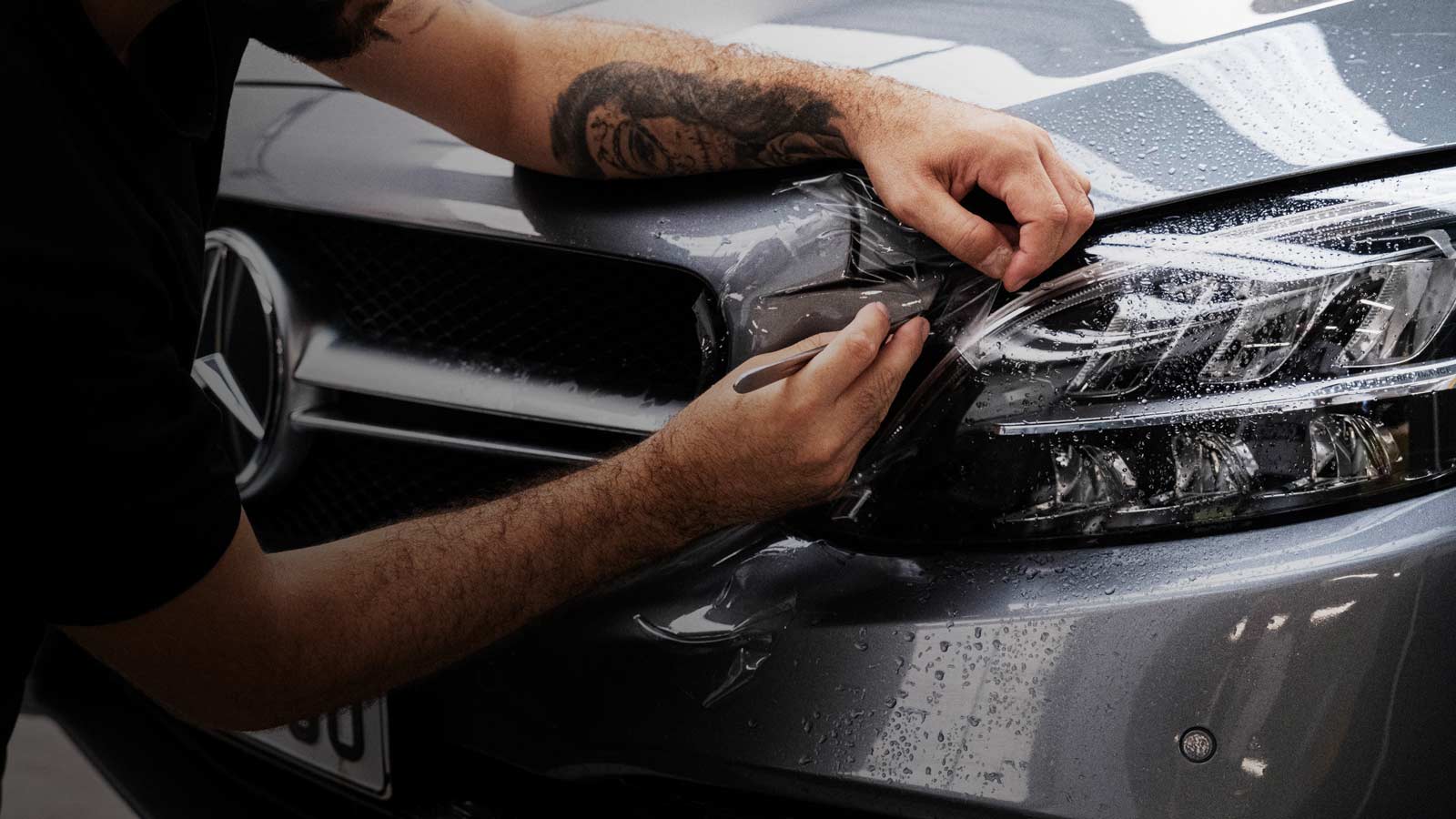
Identifying the Need for PPF Replacement
As with any protective film, paint protection film (PPF) is not designed to last forever. Eventually, it will require replacement to maintain its effectiveness and appearance. But how do you know when it's time to replace your PPF? The typical lifespan of PPF ranges from 5 to 10 years, depending on the quality of the film and how well it has been maintained. If your PPF has been on your vehicle for a significant amount of time and is nearing or surpassing this range, it may be time to consider a replacement. Here are some factors to consider:
- Faded Appearance: As PPF ages, its color may fade, making the car's paint look dull. Consider replacing it if this becomes significantly noticeable.
- Damaged or Peeling Edges: If the edges of the film have started peeling or lifting, it's an indication that the adhesive is deteriorating, potentially compromising protection.
- Deep Scratches or Impact Damage: While PPF is designed to absorb minor scratches and impacts, deep scratches or significant damage may require replacement for optimal protection.
- Hazy or Discolored Film: Over time, PPF may develop a hazy or discolored appearance due to exposure to UV rays and other environmental factors. This can affect both aesthetics and protection.
- Overall Deterioration: If the film shows overall signs of deterioration, such as a cloudy or rough texture, it may be time to consider replacing it for optimal performance.
Signs of PPF Damage
While PPF can provide excellent protection against various environmental factors, it is not immune to wear and tear. Over time, signs of damage may become apparent. By identifying these signs early on, you can take proactive measures to address them and ensure the continued effectiveness of your PPF.
- Noticeable Bubbles or Air Pockets: If you observe any bubbles or air pockets beneath the PPF, it indicates a potential problem. These imperfections can compromise the protective properties of the film and diminish its ability to adhere properly to your vehicle's surface.
- Cracks or Tears: Inspect your PPF regularly for any cracks or tears. Small cracks can develop into larger ones over time, allowing dirt and debris to accumulate beneath the film and potentially cause further damage to your car's paintwork.
- Clear Coat Separation: If you notice clear coat separation between the PPF film and your vehicle's paint, it may indicate an issue with either the installation process or deterioration of the adhesive.
- Stains or Discoloration: Discoloration or stains on the PPF could be a sign of damage from exposure to harsh chemicals or contaminants. It's essential to address this issue promptly to prevent further deterioration.
- Lack of Shine or Glossiness: PPF provides a glossy appearance to your vehicle's paint. If the film starts losing its shine or glossiness, it may signal damage or wear that requires attention.
Recognizing these signs of PPF damage allows you to tackle potential issues promptly and make informed decisions about replacement. It is crucial to consult with professionals who can assess the state of your PPF accurately.
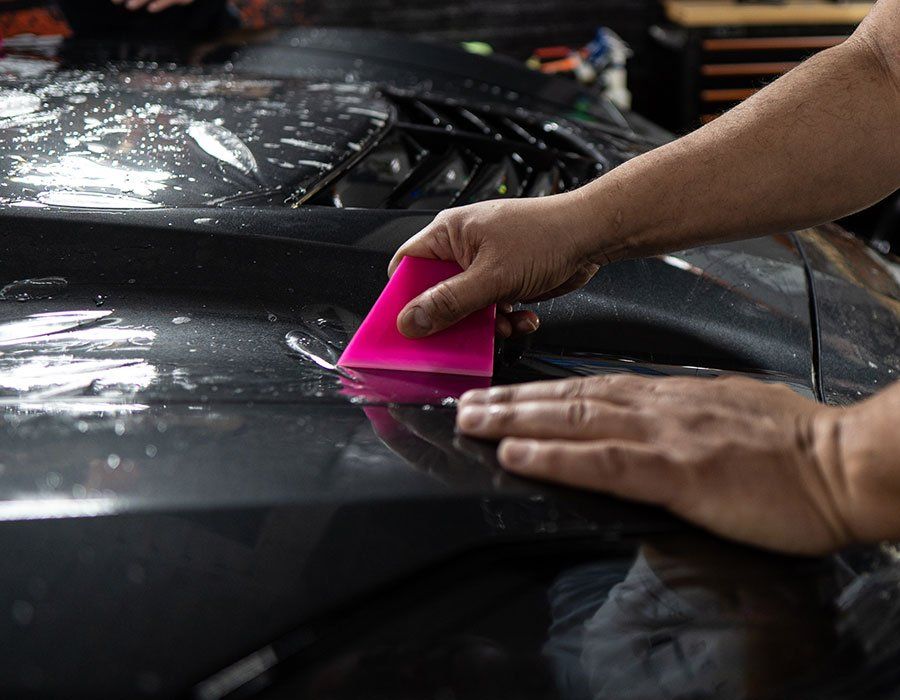
Timing the Replacement Right
Knowing when to replace the paint protection film (PPF) on your car is essential for maintaining its optimal condition and protecting its paintwork. The lifespan of PPF typically ranges from 5 to 10 years, depending on various factors such as environmental conditions, maintenance, and the quality of the film. However, it's important to note that there isn't a set timeline for replacement, and it can vary based on individual circumstances.
One important aspect to consider is the condition of your current PPF. Over time, PPF may develop signs of wear and tear, such as hazy or discolored areas, fading, or peeling edges. These indications signal that the film might no longer be providing sufficient protection and may require replacement. Additionally, if you notice any damage, like deep scratches or tears in the film, it's crucial to address them promptly to prevent further damage to the underlying paint. Another factor to consider is how well you have maintained your PPF throughout its lifespan. Regular cleaning with recommended products and proper maintenance can help extend the longevity of the film. If you've taken good care of your PPF and it still appears to be in good condition after several years, you might not need an immediate replacement.
However, waiting too long to replace your PPF can have drawbacks. As the film ages, it becomes more challenging to remove without leaving residue or causing damage to the paint underneath. This can lead to additional time and expense during the replacement process. To ensure you are timing the replacement correctly, consulting with professionals who specialize in PPF is highly recommended. Reputable shops like Auto Film Guys can assist you in assessing the condition of your existing PPF and advising whether it requires immediate replacement or if it can be restored through polishing or minor repairs.
The Replacement Process
Replacing PPF involves a series of steps that are best performed by professionals who have expertise in handling and installing these protective films. While it may be tempting to attempt a DIY approach, it's crucial to understand that improper installation can lead to subpar protection and potential damage to your vehicle's paintwork.
The professional replacement process generally includes the following steps:
- Assessment: An expert technician will evaluate the condition of your current PPF, noting any signs of wear, tear, or damage that require attention. They will also consider the overall condition of your vehicle's paint.
- Removal: If replacement is deemed necessary, technicians will carefully remove the old PPF from the vehicle. The technique used will depend on factors like the type of adhesive used, the duration the film has been on the car, and any residual adhesive left behind.
- Preparation: After removing the old film, the technician will thoroughly clean and prepare the vehicle's surface for a new layer of PPF. This typically involves removing any remaining adhesive residue and ensuring a smooth and clean surface for optimal adhesion.
- Installation: Skilled technicians precisely cut and apply the new PPF to the vehicle's paint surface. It requires meticulous attention to detail to ensure proper alignment and full coverage while minimizing any potential air bubbles or imperfections.
- Finishing Touches: Once the PPF is installed, the technician will inspect it for any remaining imperfections or issues. They may perform additional trimming or make necessary adjustments to achieve a seamless and flawless appearance.
Keep in mind that professional installation not only ensures proper application but also provides access to high-quality PPF with special UV inhibitors and long-lasting adhesives. This ultimately contributes to both enhanced protection for your vehicle's paintwork and an aesthetically pleasing result.
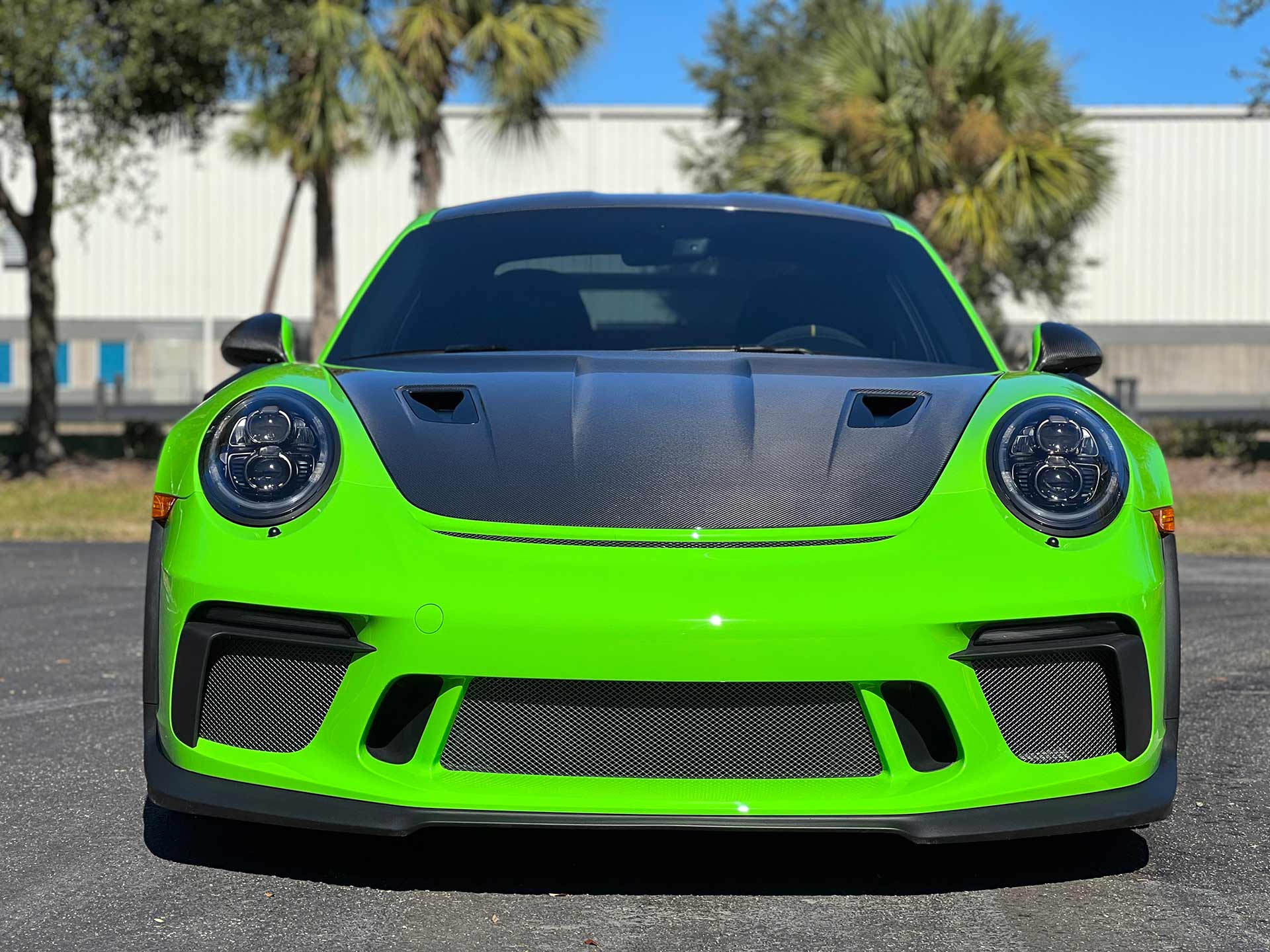
Hiring Professionals vs. DIY
When it comes to replacing the paint protection film (PPF) on your car, you might find yourself wondering whether to hire professionals or take the DIY route. While the idea of saving money and tackling the project yourself may be tempting, there are several factors to consider before making a decision.
First and foremost, let's address the issue of expertise. Professional installers have extensive experience working with PPF and possess the necessary skills to ensure a high-quality installation. They understand how to properly prep the surface, apply the film without bubbles or imperfections, and ensure a seamless finish. On the other hand, if you're not familiar with PPF installation techniques, you run the risk of damaging your vehicle's paint or achieving subpar results. Remember, improper PPF installation can lead to unsightly blemishes and compromise its effectiveness in protecting your car from scratches, rock chips, and other forms of damage.
Cost is another crucial factor to consider. While choosing the DIY route might seem cost-effective initially, keep in mind that investing in professional installation can save you money in the long run. Experienced installers have access to high-quality PPF materials at competitive prices. They often have specialized tools and equipment that aid in achieving a flawless installation. By contrast, purchasing low-quality film or lacking the necessary tools could result in unsatisfactory performance and require additional repairs or replacements down the line. Moreover, keep in mind that reputable professional installers often offer warranties on their workmanship and sometimes even on the film itself. This provides added peace of mind, knowing that you have recourse in case any issues arise. DIY installations, on the other hand, lack such guarantees, leaving you solely responsible for any mistakes or defects.
Prolonging Your PPF Lifespan
When it comes to protecting your vehicle's paint from environmental damage, paint protection film (PPF) is undoubtedly a worthwhile investment. However, PPF does have a finite lifespan that is subject to a variety of factors, just like any other product. The good news is that there are steps you can take to prolong the lifespan of your PPF and maximize its effectiveness in safeguarding your car's paint.
First and foremost, choosing a high-quality PPF film with special UV inhibitors and high-quality adhesives is crucial. These features not only enhance the longevity of the film but also ensure optimal protection against harmful UV rays and other environmental elements. Another key factor in prolonging the lifespan of your PPF is regular and proper maintenance. Keeping your PPF clean is essential to prevent dirt, debris, and contaminants from accumulating on its surface. Regularly washing your vehicle using gentle cleaning products specifically designed for use on PPF will help keep it looking pristine while ensuring its protective properties remain intact.
Trusted Paint Protection Film Service in Tampa, FL
Elevate your car's shield with Auto Film Guys, your go-to destination for trusted paint protection film services in Tampa and Tarpon Springs, FL. We're committed to preserving the beauty of your vehicle, ensuring it stands strong against the rigors of the road. Our skilled experts apply cutting-edge technology to keep your paintwork flawless, defending it from chips, scratches, and harsh elements. Don't leave your car's protection to chance; choose the Auto Film Guys experience. Visit us today and safeguard your investment with the best in business! Your car deserves the ultimate care.
The Auto Film Guys Blog
